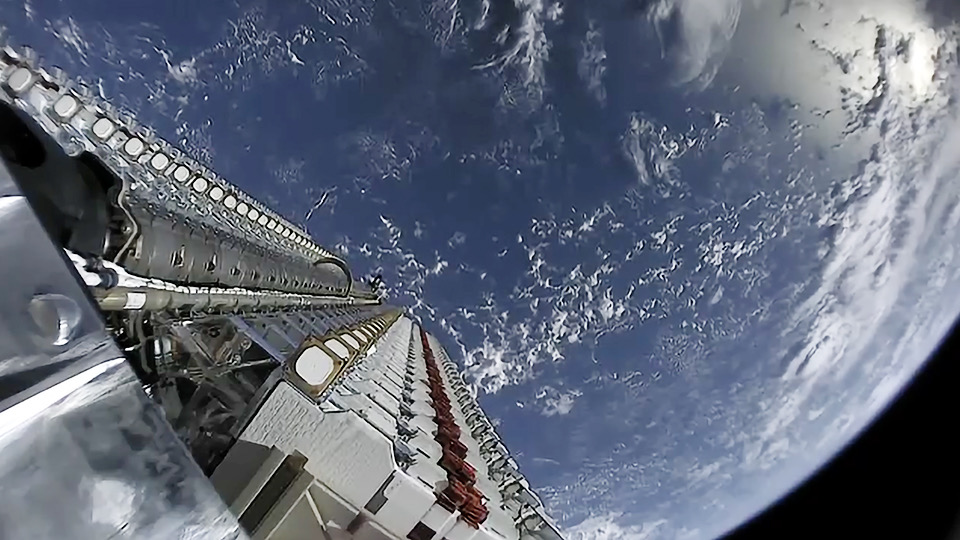Vandenberg Can Be the Launchpad for Worldwide Economic Prosperity
A Strategic Imperative for the U.S. and a Vital Step for a More Equitable World

Vandenberg Space Force Base has long been a critical hub for space exploration and satellite launches. The vast potential of this West Coast launch facility is far from fully realized. With the rise of a new space race, the cooperation between the government and private space companies has never been more critical. The strategic reasons for this are obvious, but there are additional benefits beyond striving to lead in the space sector.
Space launches benefit humans here on Earth and have drastically improved our well-being over the last several decades. California can continue to be the literal launchpad for this progress and we have a unique opportunity to significantly increase the number of launches at Vandenberg into the future. This would not only bolster the local and national economy but also have profound implications for global connectivity, especially in impoverished regions.
Right here in California, millions of people rely on satellite systems that were launched to space by companies like SpaceX. To cite just a few examples, first responders are able to use Starlink satellite internet to combat wildfires and protect life and property. We’re also able to use remote lidar technology to measure snowpack in the Sierra Nevada, providing important data on what the water situation in the state looks like for the year ahead.
Earlier this year, SpaceX launched Transporter-10, one of its many “rideshare” missions that takes up dozens of satellites in one launch. Included in this launch was the world’s most powerful methane detection satellite. This satellite is now monitoring global methane emissions and providing invaluable climate and environmental data.
Additionally, American space companies, like SpaceX, are providing many communities with high-speed internet service. The relationship between connectivity and socioeconomic progress is well documented, but billions of people worldwide still lack a basic internet connection. Lack of connectivity hampers economic development, limits educational outcomes, reduces business opportunities, and restricts access to health care.
In the United States, many people live in hard-to-reach areas. By deploying thousands of satellites, often launched right here in California, SpaceX’s Starlink aims to bridge this digital divide and connect these communities with the same level of opportunity that people have in urban and suburban locations.
Access to high-speed internet can be a game-changer in underserved regions. It enables remote education and opens up new economic opportunities. Improved connectivity can also enhance healthcare delivery, enabling telemedicine and access to global medical resources that would be impossible to deliver otherwise.
The benefits extend beyond individual communities. A globally connected world facilitates better communication and collaboration, driving innovation and addressing global challenges more effectively.
Increasing the number of launches at Vandenberg is not just a strategic imperative for the U.S. space program; it is a vital step toward a more connected and equitable world. By accelerating the deployment of Starlink and other satellites, we can provide high-speed internet to underserved regions and continue unlocking economic opportunities.
Global connectivity and prosperity is within our reach, but it requires concerted effort and investment. Vandenberg should be the launchpad for this journey. The time to act is now.
Sally Elias is business development manager for TSL Consulting Engineers, Inc. of Santa Maria.
